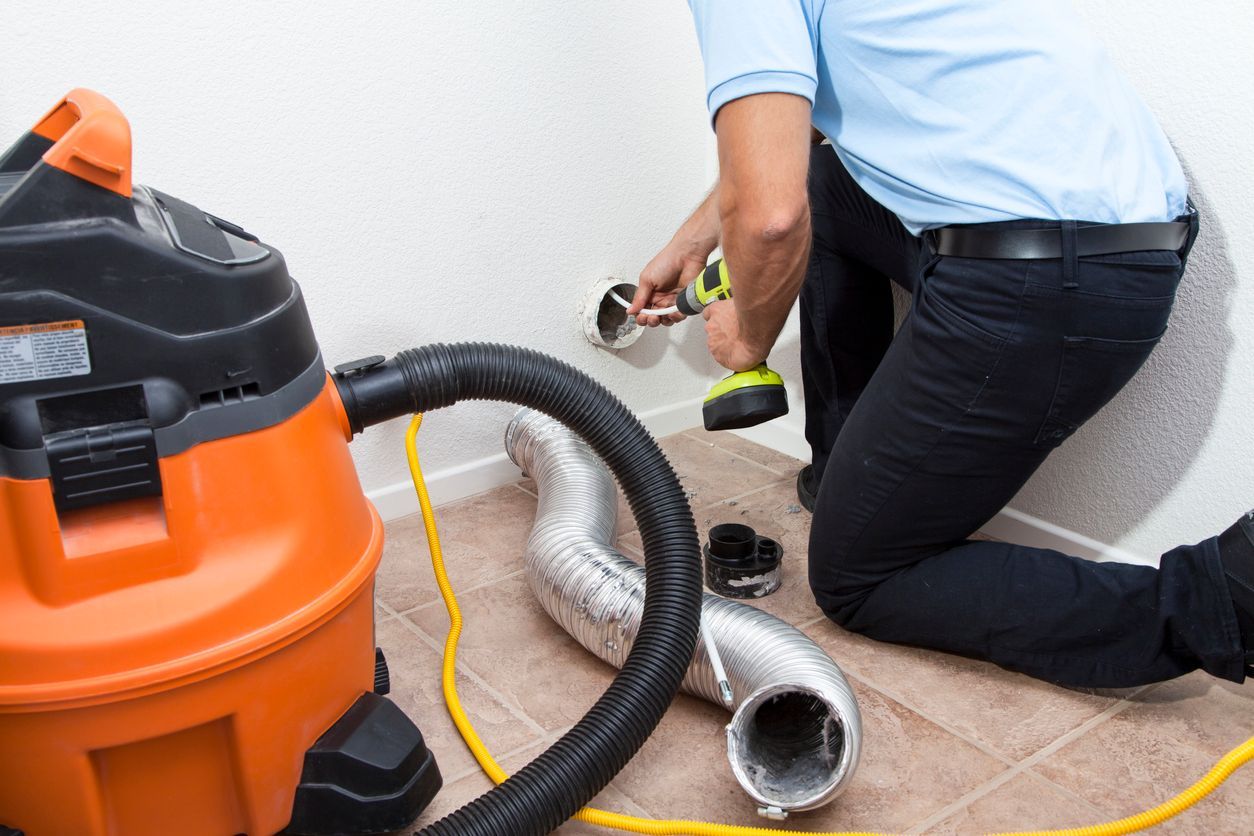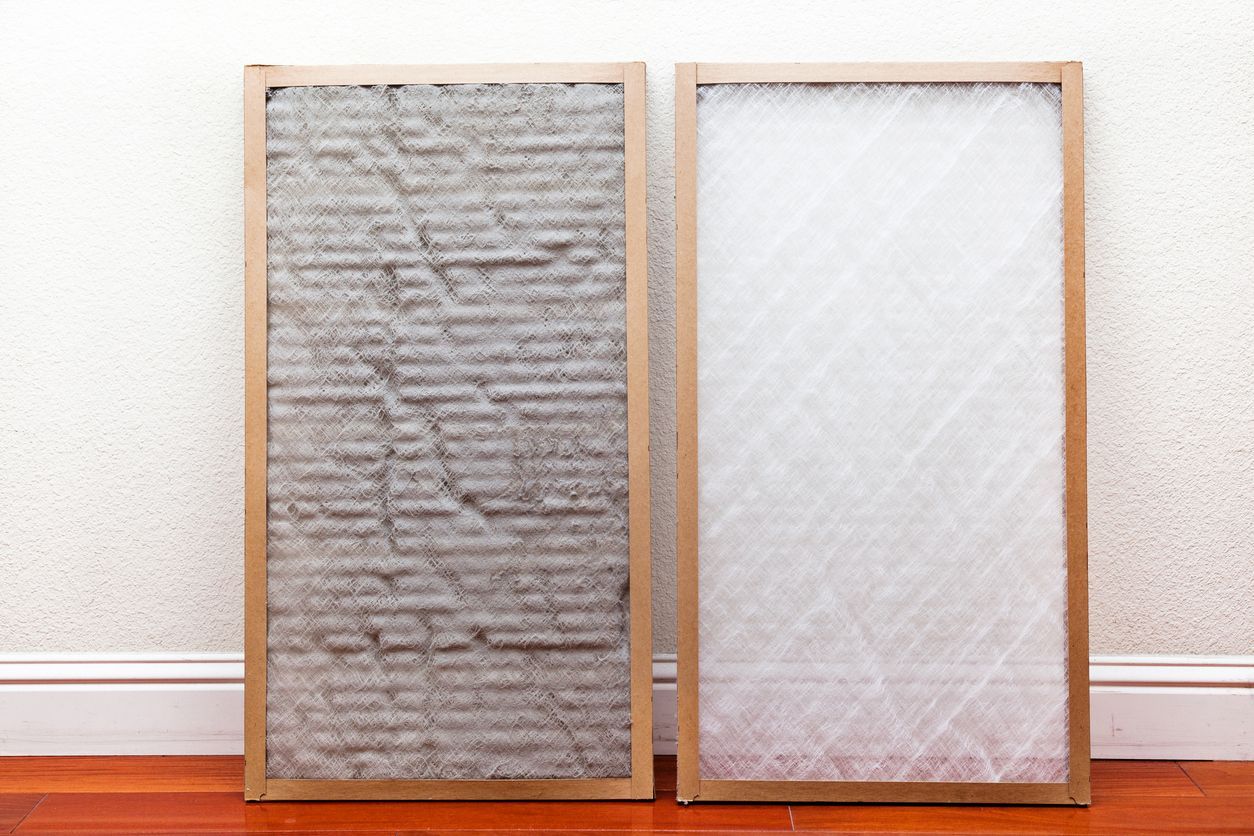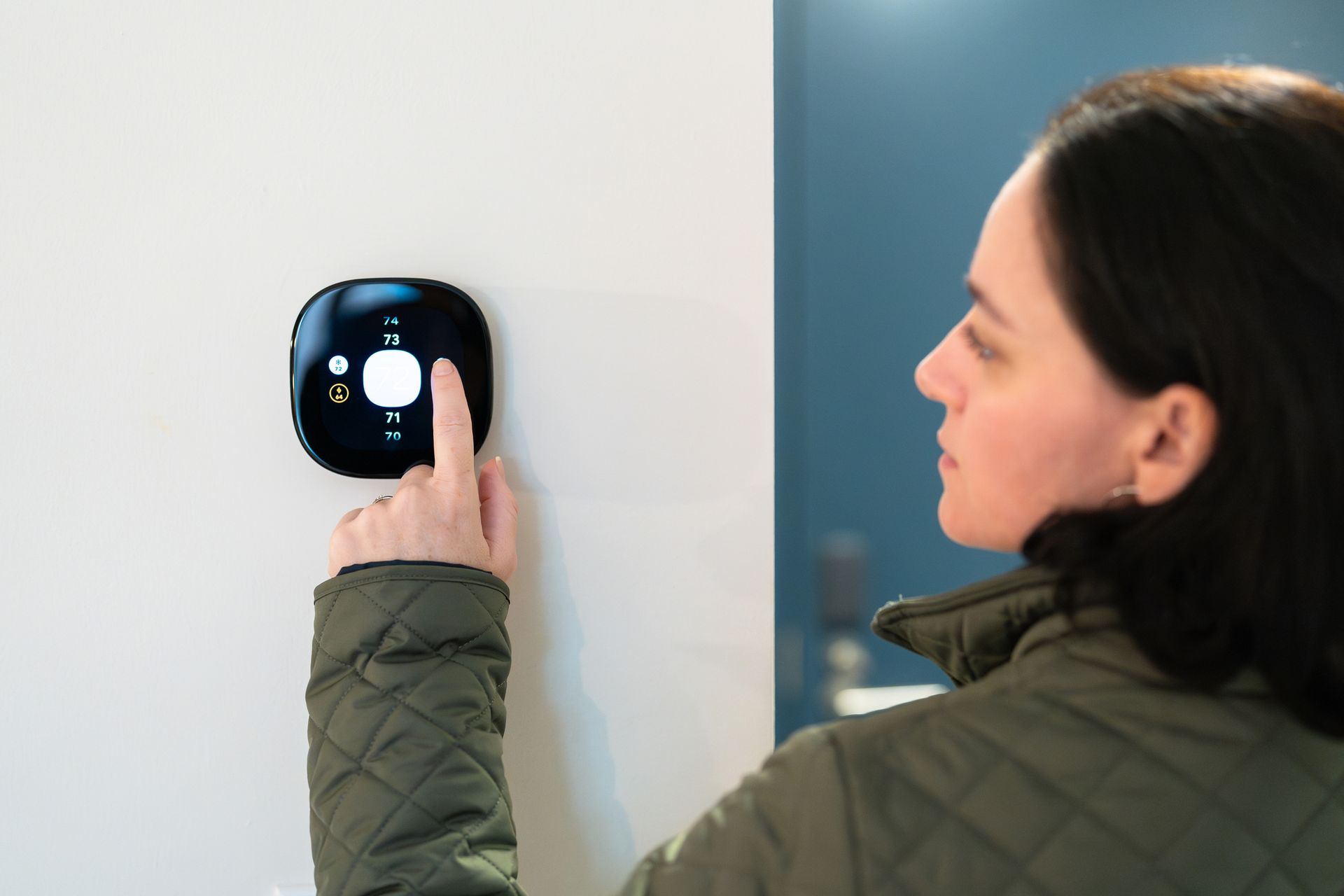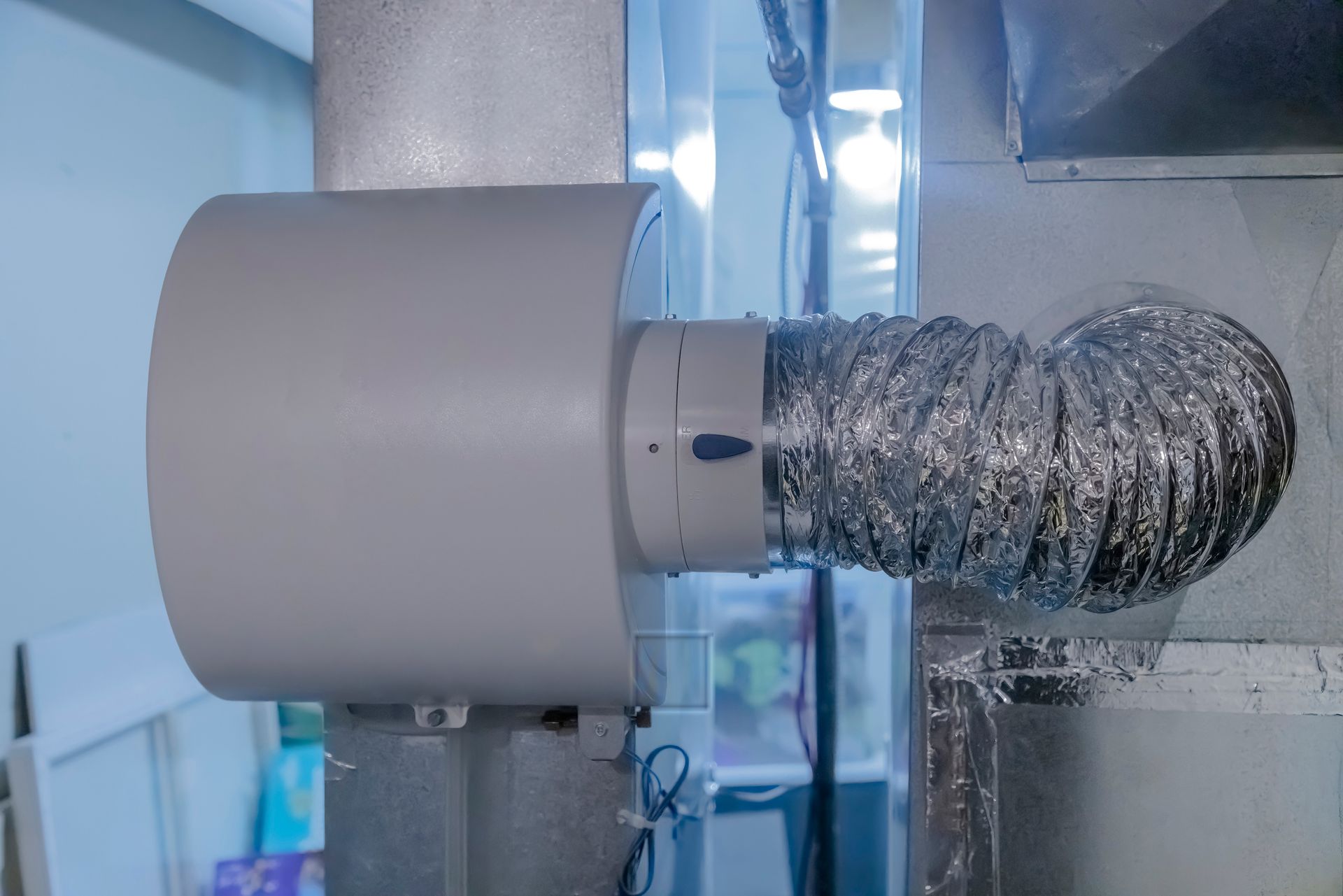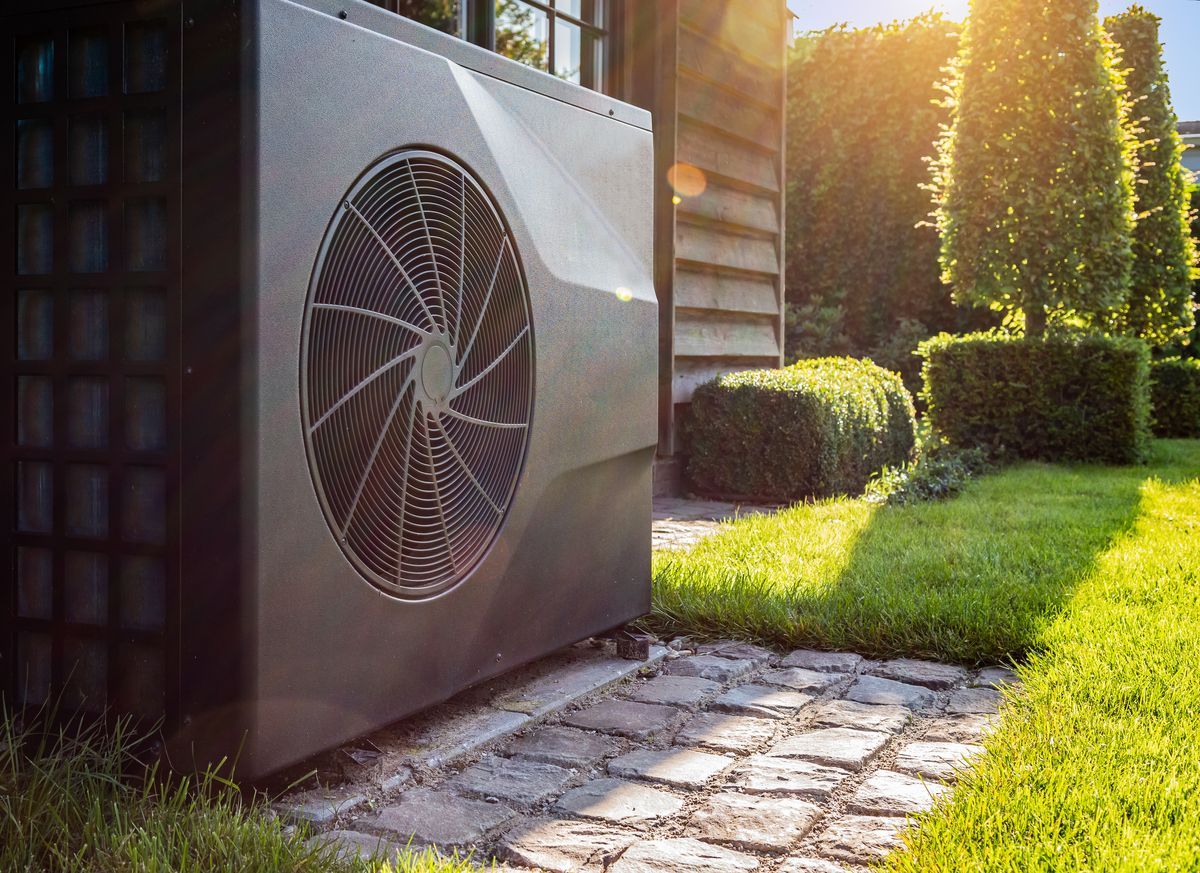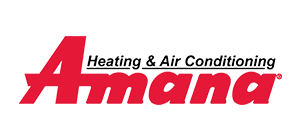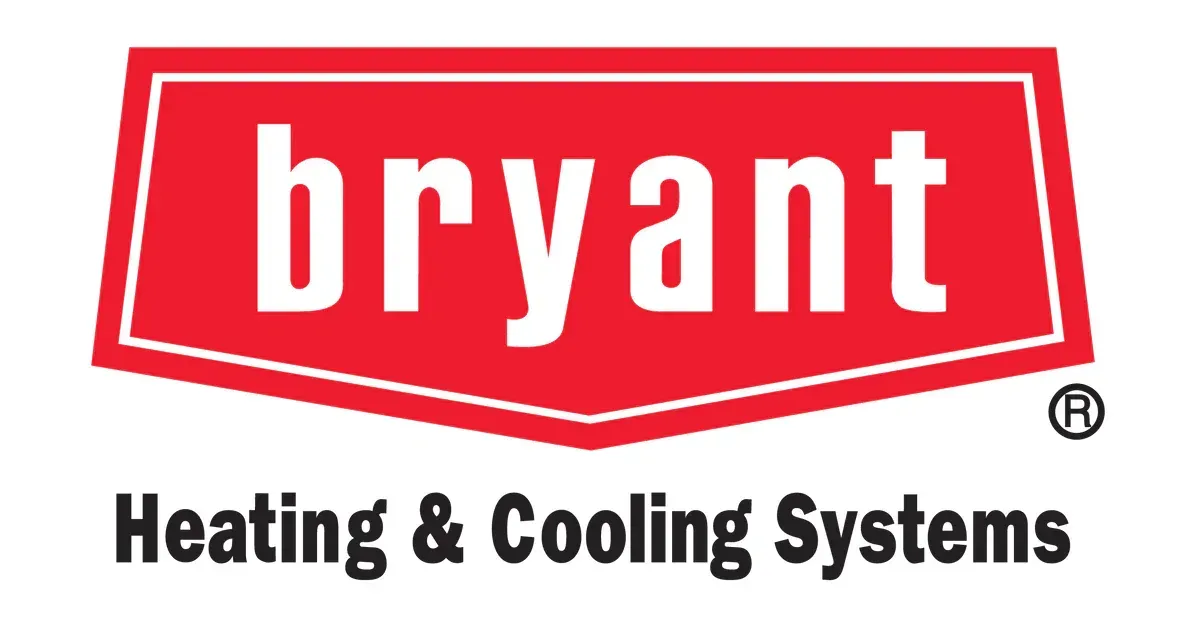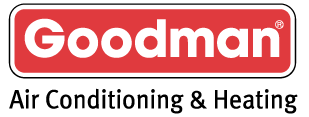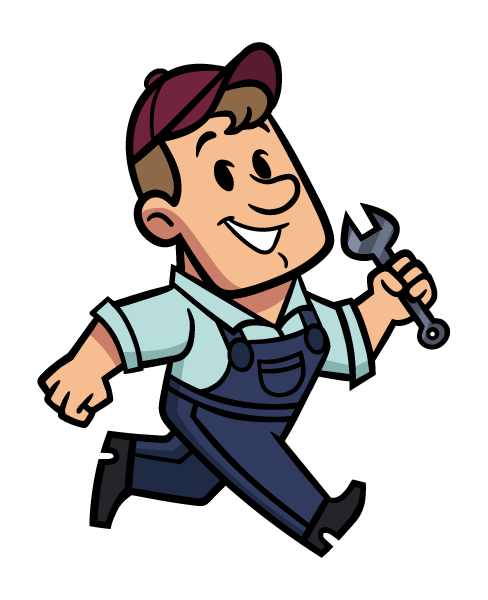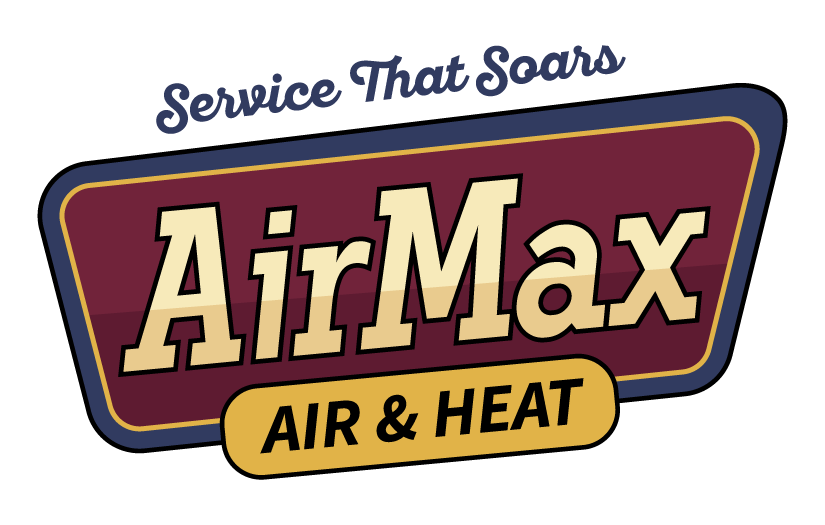Signs of Damaged Air Ducts in Your Home or Business
Most folks don’t spend much time thinking about their air ducts. They’re usually tucked away above ceilings or behind walls, quietly moving air from your HVAC system into rooms all across the house or office. But when something goes wrong with them, your comfort, air quality, and even your energy bills can start to take a hit. That’s why keeping your air ducts in good shape matters more than most people realize.
If your heating or cooling system doesn’t seem to be working like it used to, the problem might not be the system itself. It might be the ducts. Leaky, damaged, or disconnected ductwork can throw everything off balance. Rather than waiting until things get worse, it helps to know the warning signs early on. That way, you can take care of the issue before it turns into something much bigger and more expensive to fix.
Common Signs of Damaged Air Ducts
Your HVAC system depends on clean, airtight ductwork to do its job well. When something’s off in your ducts, your system has to work harder, which can lead to performance issues and higher energy use. The signs aren’t always obvious, but there are a few things you can watch for.
- Uneven temperatures around your home or workplace - If one room feels warm while another is cold, and you're running both the heat and AC trying to balance it out, that’s a strong clue. Damaged or disconnected ducts might be limiting how much air gets into certain parts of the building.
- Energy bills that climb for no clear reason - If you’ve been using your HVAC system the same way you always have but your power bill keeps getting higher, your leak-prone ductwork could be to blame. When air escapes through holes or cracks, your system has to run longer to keep things comfortable.
- Dust and other air quality problems - Holes in your ducts can pull in dust, insulation fibers, or fumes from areas like the attic or crawl spaces. That can lead to poor indoor air quality and more dust settling around your home or office, even if you clean often.
- Strange noises behind the walls or ceiling - If you hear whistling, rattling, or vibrating noises every time your HVAC kicks on, damaged ducts may be moving or leaking under pressure. Normal airflow shouldn’t be loud. Odd sounds often point to loose sections or runs that need sealing.
- Visible signs of wear - If you can see your ducts, maybe in an attic, utility room, or crawlspace, take a good look. Pieces of duct tape slipping off, rusted metal, or hanging sections of ductwork all mean you might have a problem. Any bends that look kinked or crushed can also slow airflow.
Even just one of these signs is enough to raise an eyebrow. If you notice a few happening at the same time, it’s probably time for a professional to take a closer look.
The Impact of Damaged Air Ducts
Air ducts that aren’t sealed and maintained can cause all kinds of problems beyond just your comfort. The most obvious issue is reduced performance. When air slips out before it reaches the vents, your system runs longer trying to make up for the gap. That can wear equipment down over time and lead to more repairs or even early replacement.
Another major concern is health. Ducts that are torn or have gaps give outside air, dust, and allergens a way into your living or working space. Depending on what gets pulled in, that could affect anyone dealing with asthma or allergy symptoms. You might even start to notice musty smells, headaches, or a general feeling of stuffiness indoors.
And then there’s plain old discomfort. It’s frustrating when the AC isn’t cooling bedrooms upstairs, or when the living room doesn’t warm up in the winter. People often adjust the thermostat to fix the problem, but that just uses more power without solving what's really wrong. Efficient ductwork plays a big role in keeping every area at the right temperature.
When that balance breaks, things can go south fast. From paying more for energy to living or working in a space that never truly feels comfortable. Addressing damage early can help avoid the mess before it grows.
Importance of Professional Inspection
Damaged air ducts aren't always easy to spot without the right tools or experience. While some warning signs are out in the open, others can be hidden behind walls, ceilings, or insulation. That’s where a professional inspection makes a big difference. HVAC technicians are trained to detect problems you might miss, like slow leaks, pressure loss, or loose fittings buried deep in your duct system.
Another benefit to having your ducts looked at by a pro is how it helps extend the life of your entire HVAC unit. If airflow is blocked or leaking, your heating and cooling system works harder than it should. That extra strain can shorten the system’s lifespan and lead to more breakdowns over time. Regularly scheduled duct checkups give you the chance to fix problems before they grow.
Along with spotting damage, inspections help with overall airflow testing. Professionals can measure how well air is moving through your system and if there are pressure drops happening in certain areas. They may use things like smoke pencils, pressure gauges, or thermal cameras to spot leaks or temperature issues. These might sound technical, but the goal is simple. Make sure your HVAC runs evenly, efficiently, and quietly.
Routine inspections also help protect air quality in your home or office. A small tear in a duct might not seem like a big deal, but over time it can pull in dust, moisture, or even critters. Closing up those openings fast keeps the indoor environment healthier and helps avoid bigger clean-up jobs down the line.
Preventive Measures and Long-Term Solutions
Staying on top of duct maintenance isn't just about fixing problems. It's also about stopping them from happening at all. With a few good habits and some expert help now and then, your ductwork can stay in good shape for years.
Here are some simple steps that help prevent damage and keep your system running smoothly:
- Schedule HVAC maintenance at least once a year. This lets a technician check your full system, including the ducts.
- Keep vents and registers unblocked. Closing off vents too often can lead to pressure buildup that stresses your ductwork.
- Listen for new or strange noises. Rattling or whistling sounds might mean a loose section or growing leak.
- Replace air filters regularly. A clogged filter can cause air to back up, which sometimes leads to duct strain or gaps.
- Keep an eye on exposed ductwork in attics, crawlspaces, or utility rooms. Look for sagging, disconnected parts, or signs of rust and wear.
You’ll also want to avoid quick patches or duct tape fixes. While they might work for a short time, proper repair or sealing with the right materials will last much longer and save you stress in the long run. Full system sealing is another option, especially if you’ve dealt with multiple leaks or have older ductwork that hasn’t been touched in a while.
Having reliable airflow makes a huge difference in both comfort and energy use. Proactive maintenance helps keep your air cleaner and temperatures more balanced throughout your home or business space.
Keep Your HVAC System in Top Shape
When your heating or cooling isn’t working quite right, many people jump to thinking it's the AC unit or the furnace. But damaged air ducts can be just as much to blame. Leaky or unstable ductwork drags down performance, boosts energy costs, and impacts indoor air quality. Knowing the signs and taking them seriously puts you in a better spot to catch repairs early before they lead to bigger problems.
By watching for symptoms like uneven temperatures, loud noises, or unexplained spikes in your energy bill, you’re already ahead of the curve. Layer on regular inspections and a few good habits, and your HVAC system will keep working smoothly no matter the season. A dependable system makes life easier, whether you're cooling off from the Texas heat or staying warm through the fall.
If you're in Collin County and think your ductwork might be causing heating or cooling issues, now’s a good time to take action. At Airmax Air Conditioning & Heating, we’re ready to help you restore comfort and efficiency. Learn how our team can provide reliable
air duct repair in Collin County to keep your HVAC system running its best. Reach out today to schedule a visit and get things flowing properly again.

